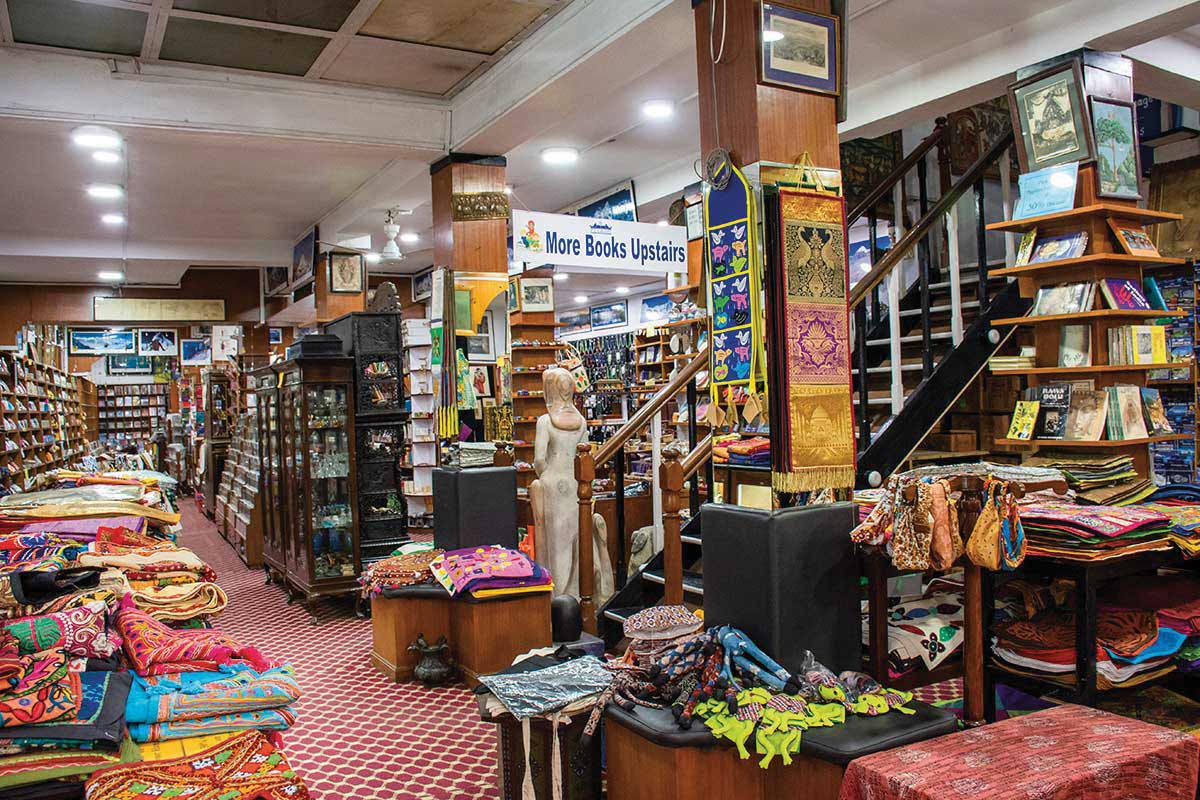Thamel’s growth through the years has been an extraordinary one, so much so that now it has achieved international recognition as one of the world’s exotic tourist hubs. Going through Benjamin Linder’s entertaining account of Thamel’s evolution from a sleepy locality to an easily recognized tourist center in Thamel through Time takes you on a rollicking journey through the tourism history of Nepal. It will also make clear the vital role of Kathmandu Guest House in the making of Thamel as it is today.
The time period in this case is fifty years, for that’s how long Kathmandu Guest House has been running now. This beautiful coffee table book has been published by the iconic hotel to mark its golden jubilee. And, because it is an icon that has been instrumental in the birth and development of Thamel as a focal point of tourism, as much can be written about its history as can be written about Thamel, which is what Benjamin Linder does. In fact, the stories of both are so closely intertwined as to make one incomplete without the other.
It is to be expected that such an intertwining is bound to result in helping the account to be more informative, exploratory, and comprehensive. I would go so far as to say that Thamel through Time, as of today, is the definitive book on one of the most popular tourist-centric hubs in the world. However, it must also be noted that the only constant is change, and since the changes today happen at lightning speed, one can foresee many more in the coming days. However, history is important, and so we have to thank the author for his painstaking research in making it so refreshingly clear.
Of course, the last five decades has also proven to be a definitive period in the country’s movement forward in all spheres, encompassing far-reaching changes, politically and otherwise. The author has made the task of telling the story (stories) of Kathmandu Guest House and Thamel easier and more concise by dividing it in five main sections, viz. ‘The Newars and Tha Bahil’, ‘The Ranas and Thamel Before Tourism’, ‘Kathmandu Guest House and The Birth of Thamel (1968-1990)’, ‘Modern Thamel (1990-2015)’, and ‘Earthquakes and Beyond (2015-Present)’. With the great earthquakes of 2015 still quite fresh on our minds, we can say that it is a contemporary book, as well.
The excellent collection of photographs do justice to the extremely well-written (and well-researched) text, and this is the highlight of this fascinating book— that the research, copy, and photographs are so supportive of each other. All this makes Thamel Through Time a valuable source of information, and a captivating read for travelers old and new.











